Rear Hanger Shear Strap
Using adhesive as the main joining method for the Atomic Duck requires careful design of the part interfaces. Where welding is equally as strong in all directions, adhesive performs well in compression and shear, but badly when there is tension across the joint.
This is not a problem of the type of adhesive, this is a characteristic of all adhesives and can be demonstrated with any type of adhesive tape. Take a piece of sellotape and stick it to a table-top — feel free to use tape-of- and a table-top-of-the-mind, I don’t want you taking the varnish off!
Done? OK. Now you have made an (imaginary) adhesive joint between the plastic tape and the table surface, where the adhesive on the tape sticks to both surfaces.
If you press down onto the tape, straight down against the table surface, that loads the junction in compression — the force between the tape and table compresses the glue. I will be very surprised if you do this and get the tape to come off the table (joint failure) before the table gives way. [No points if you just imagine something else happening; we’re modelling our universe’s physics here]
If you are very strong, the piece of tape is small, or the tape glue is dry, you might just be able to get the tape to move across the surface of table. If you are pulling the tape exactly parallel with the table: no pressure on the table, and not pulling the tape away from the table; then the glue is being loaded in shear. The top surface of the glue is being forced one way by the tape and is being resisted in the parallel plane by the table-top.
Compare this performance to what happens when you try and pull the tape off the table. With very little force, all of the tape can be removed. When the tape is pulled upwards, the glue is placed in tension and the force applied soon overcomes the adhesive capability of the glue with the surface. [Strictly, this is the _peel-off force.]_
In the Atomic Duck chassis, most of the joints are arranged to be in shear and compression, but at the bottom of the rear hanger arrangement it’s only possible to put these joints in tension. To stop these joints from falling apart as soon as the any weight gets put in the chassis, there needs to be a shear strap — a thin plate that is connected in shear — to transfer the load across them.
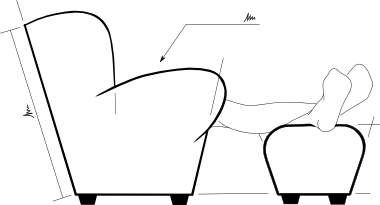
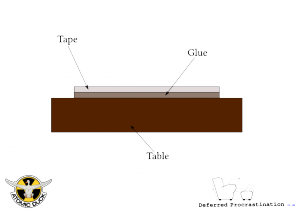
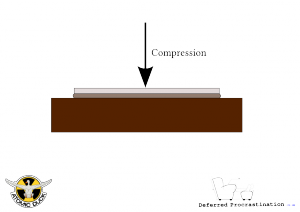
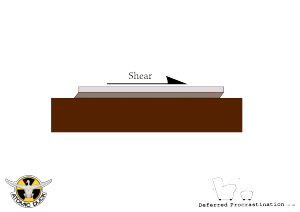
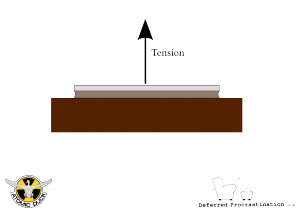
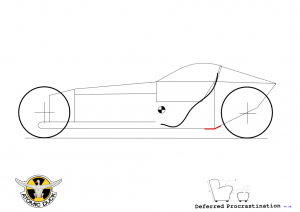
Simon Engelbertz wrote, “Great Documentation! Thanks for sharing! I would flattr it...”